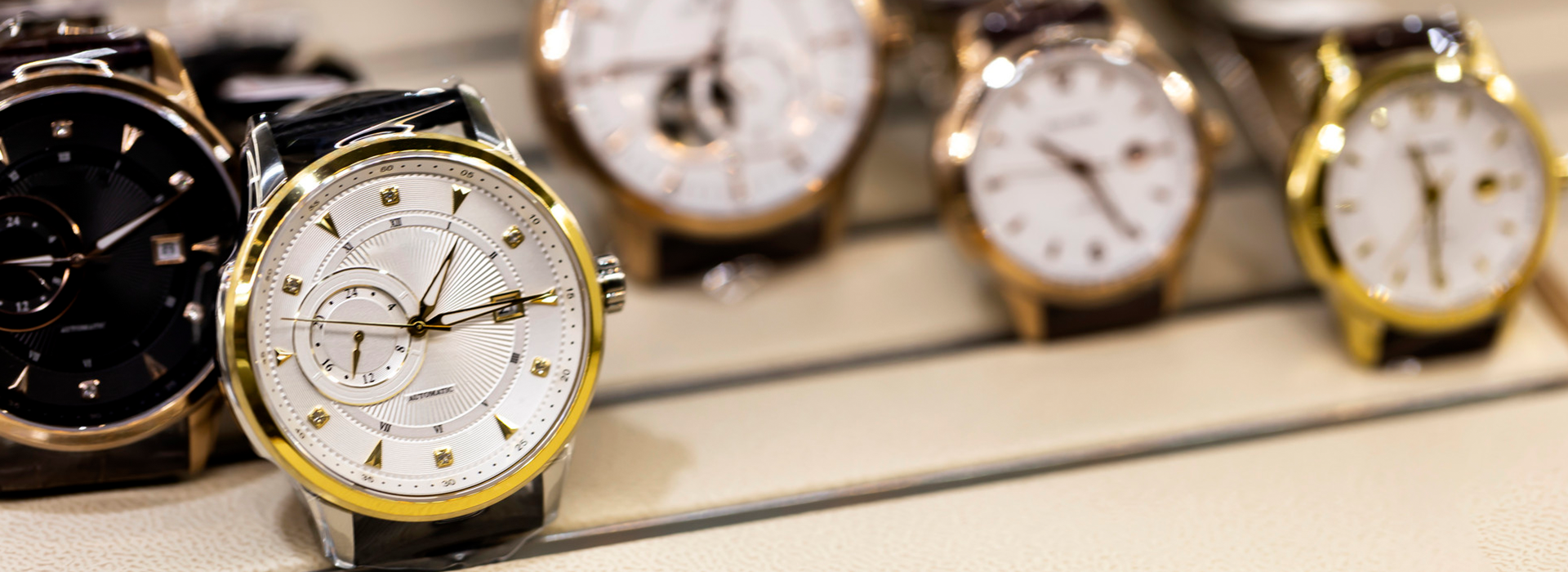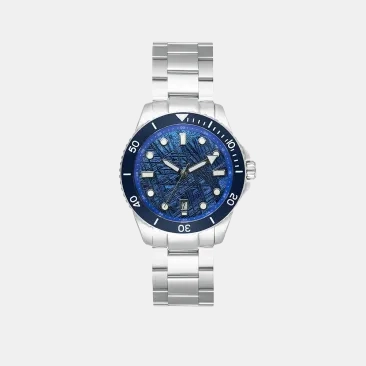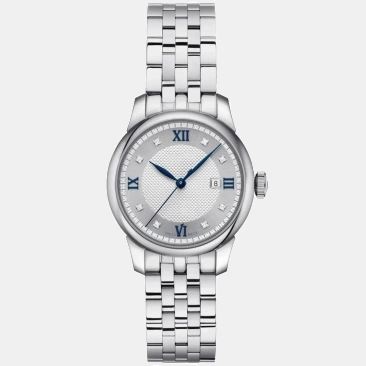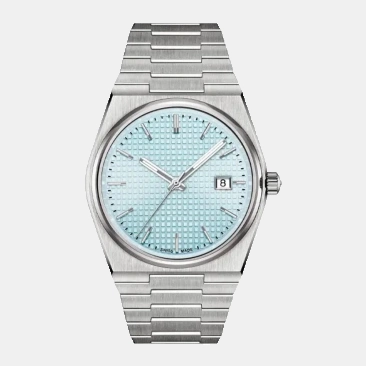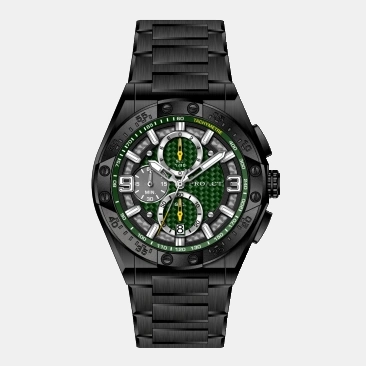Mastering At-Home Techniques for Leather Watch Strap Adjustments
Time:
2025-07-18 16:01
Source:
A leather-strapped watch evokes a sense of timeless sophistication. It’s a choice favored by many for its elegant aesthetic, tactile warmth, and the way it naturally molds to your wrist over time. But just like metal bracelets, leather straps need to fit perfectly to provide both comfort and security. An ill-fitting strap can be distracting, uncomfortable, or even lead to premature wear of the leather.
While visiting a professional is always an option, learning to adjust your leather watch strap at home is both convenient and empowering. It allows you to quickly switch straps, punch new holes, or replace worn-out components — all while strengthening your connection to the craftsmanship of your timepiece.
This article will take you through the essential tools, techniques, and safety tips for adjusting your leather watch strap at home. Whether you're installing a new strap, resizing it to your wrist, or customizing it for a unique look, this guide will help you achieve a snug and stylish fit with confidence.
1: Understanding Leather Watch Straps
1.1. Types of Leather Straps
Leather straps come in a variety of materials and styles:
Genuine Leather: Common and affordable, offering a smooth and uniform appearance.
Full-Grain and Top-Grain Leather: Higher-quality leathers that age beautifully with wear, developing a unique patina.
Exotic Leathers: Materials like alligator, ostrich, or stingray offer luxury and texture but often require special care.
Bund Straps & Rally Straps: Design variations that add thickness or perforation for a vintage or sporty look.
1.2. Strap Anatomy
Knowing the parts of your strap helps when replacing or adjusting it:
Lugs: The metal extensions on the watch case where the strap attaches.
Spring Bars: Small spring-loaded pins that hold the strap between the lugs.
Buckle/Clasp: The closure mechanism. Options include tang buckles, deployant clasps, and butterfly clasps.
Keepers: Loops that hold excess strap length in place after fastening.
2: Tools You’ll Need
2.1. Essential Tools
Spring Bar Tool: A must-have for removing and installing spring bars without damaging the strap or lugs.
Hole Punch Tool: Used to add new holes for better fit.
Soft Cloth or Pad: Protects the watch and strap while working.
Ruler or Measuring Tape: Helps determine correct hole placement or strap size.
2.2. Optional but Helpful Tools
Quick-Release Spring Bar Pliers: Speeds up the process of strap swapping.
Leather Conditioner: Keeps the leather soft, prevents cracking, and enhances appearance.
Precision Knife or Scissors: For trimming excess strap (in rare cases of oversized universal straps).
3: Preparing for Adjustment
3.1. Measuring for Fit
Wrist Measurement: Use a soft measuring tape to wrap around your wrist where the watch will sit. Note the circumference in mm or inches.
Strap Length Balance: Ideally, 1/3 of the strap should be on the buckle side, 2/3 on the hole side. Ensure that after fastening, the excess strap doesn’t extend awkwardly.
3.2. Inspecting the Strap
Check Condition: Ensure the strap isn’t cracked or dried out.
Identify Spring Bars: If the strap has quick-release tabs, no tool is needed. For traditional spring bars, prepare the appropriate removal tool.
3.3. Work Area Setup
Lay down a soft cloth.
Ensure good lighting.
Arrange tools neatly to avoid losing small parts.
4: Adjusting the Strap
4.1. Removing the Old Strap
Using a Spring Bar Tool: Insert the forked end between the strap and lug, compress the spring bar, and gently detach the strap.
For Quick-Release Straps: Pull the small tab on the underside to release the spring bar easily.
4.2. Installing a New Strap
Align the spring bar with the lug holes and compress gently.
Once one end is in place, use the spring bar tool to guide the other end into position.
Wiggle the strap to ensure it’s secure and doesn’t pop out.
4.3. Punching Additional Holes
If the strap is too tight or loose:
Mark the new hole using a pencil or awl.
Use a leather hole punch of matching diameter (typically 2mm).
Center the hole, apply steady pressure, and punch through cleanly.
5: Final Touches and Tips
5.1. Test the Fit
Fasten the watch and wear it for a few minutes.
Ensure it doesn’t pinch or shift excessively when you move your wrist.
Adjust keepers and clasp if needed.
5.2. Strap Maintenance
Avoid Water Exposure: Leather degrades quickly with moisture.
Store Properly: Keep in a cool, dry place when not in use.
Condition Occasionally: Use leather balm or conditioner every few months.
5.3. Swapping for Style
Consider keeping several straps (brown, black, suede, NATO) to change the look of your watch depending on the occasion.
Regarding the metal bracelet adjustment, we’d like to suggest a simpler alternative: using an adjustable clasp instead of traditional link removal. This eliminates the need for complicated bracelet resizing—customers can easily adjust the length themselves by simply moving the clasp, offering greater convenience.
This solution maintains the bracelet’s aesthetics while improving usability. Let us know if you’d like to explore this option further—we’d be happy to provide samples or additional details.
For more insights into watchmaking components or OEM/ODM solutions, feel free to contact our team at Shenzhen Proact Watch Co., LTD.
As a trusted partner in the global watch industry, we specialize in precision manufacturing, component development, and customized watchmaking solutions. With a strong commitment to quality, innovation, and craftsmanship, we support brands worldwide in bringing exceptional timepieces to life.
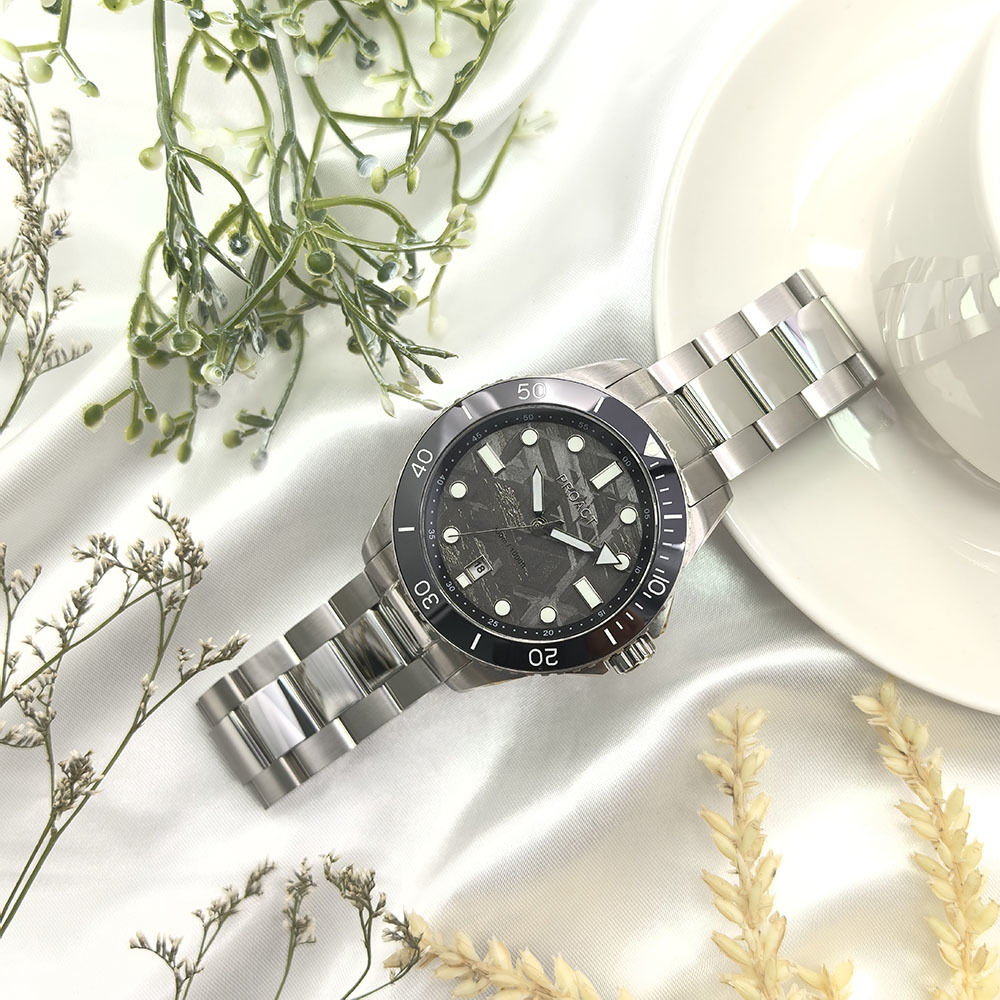
About Proact Watch
LATEST NEWS & BLOGS

